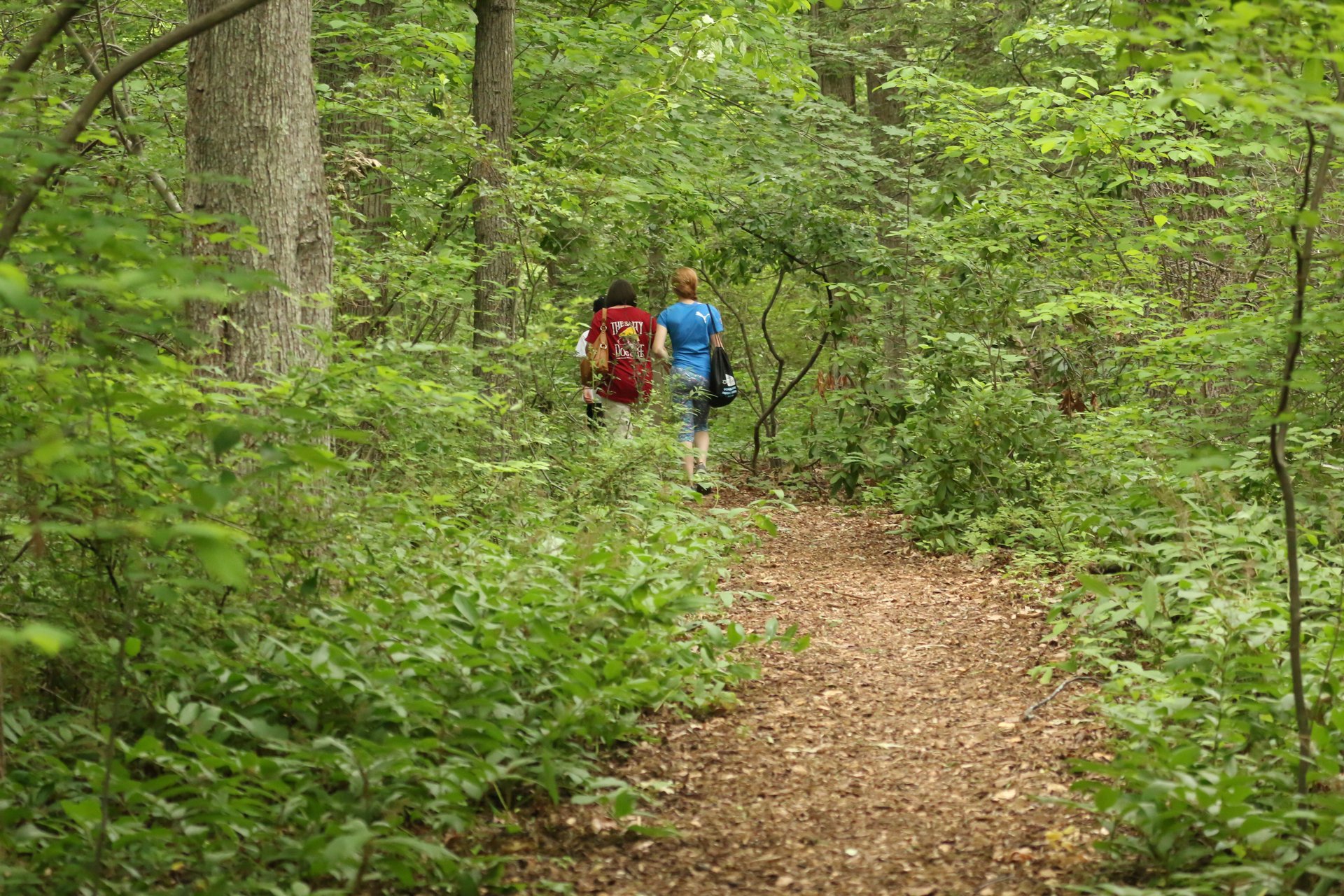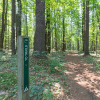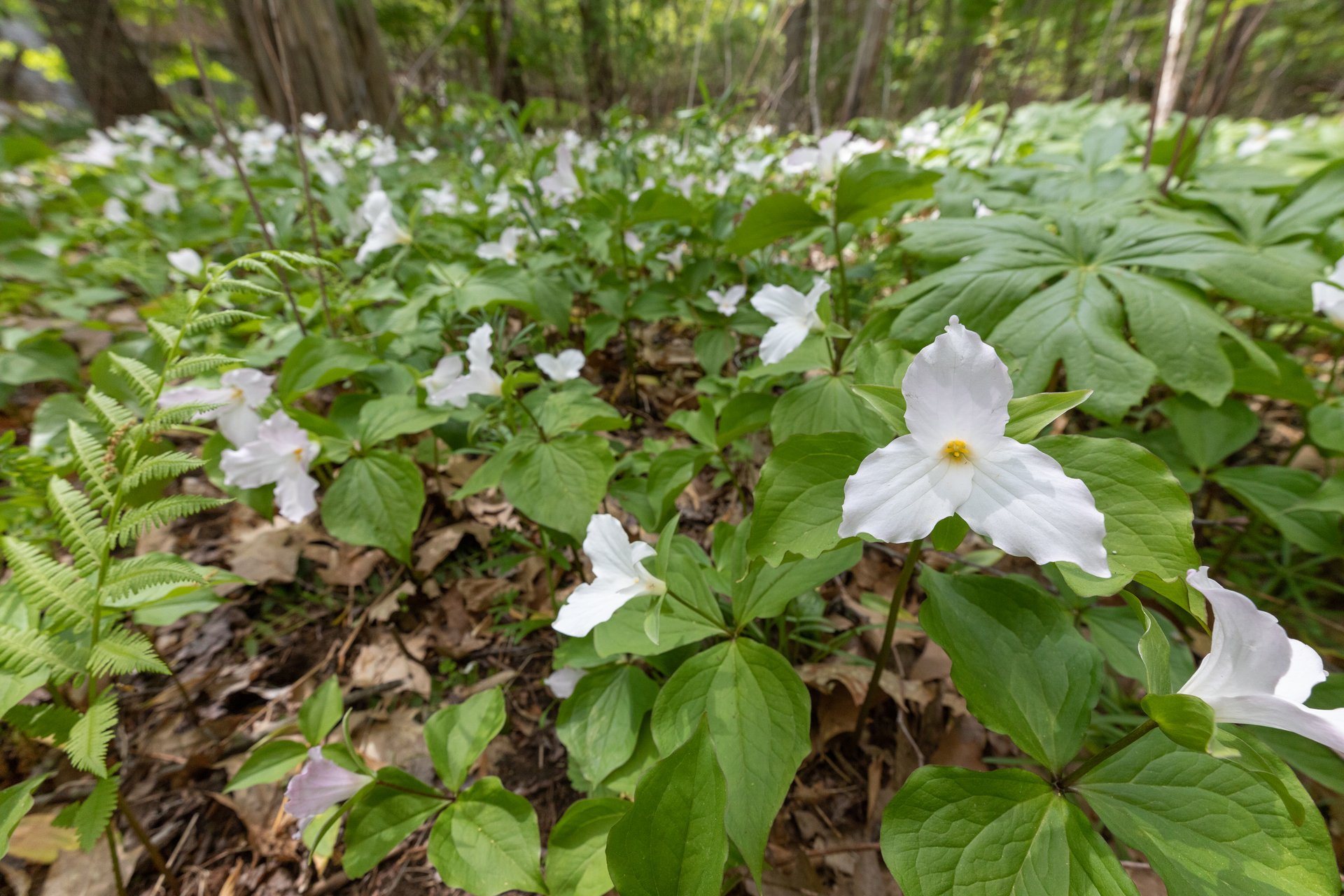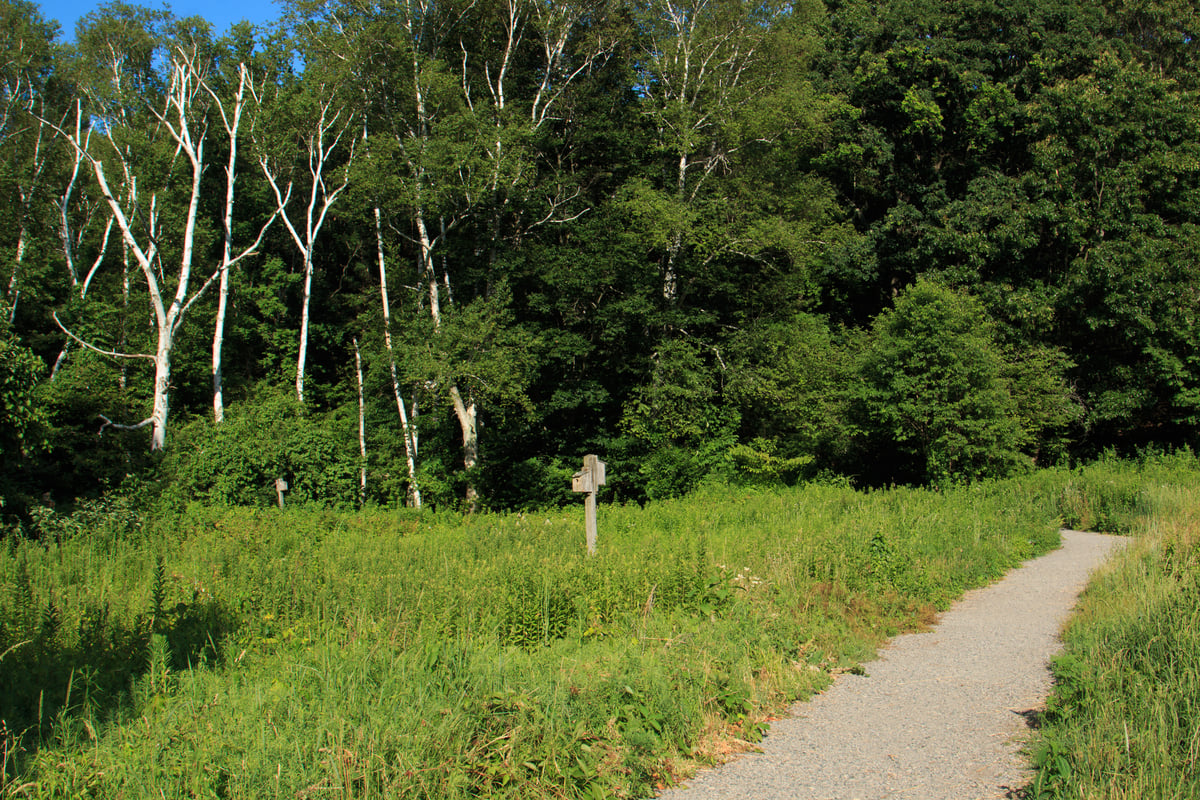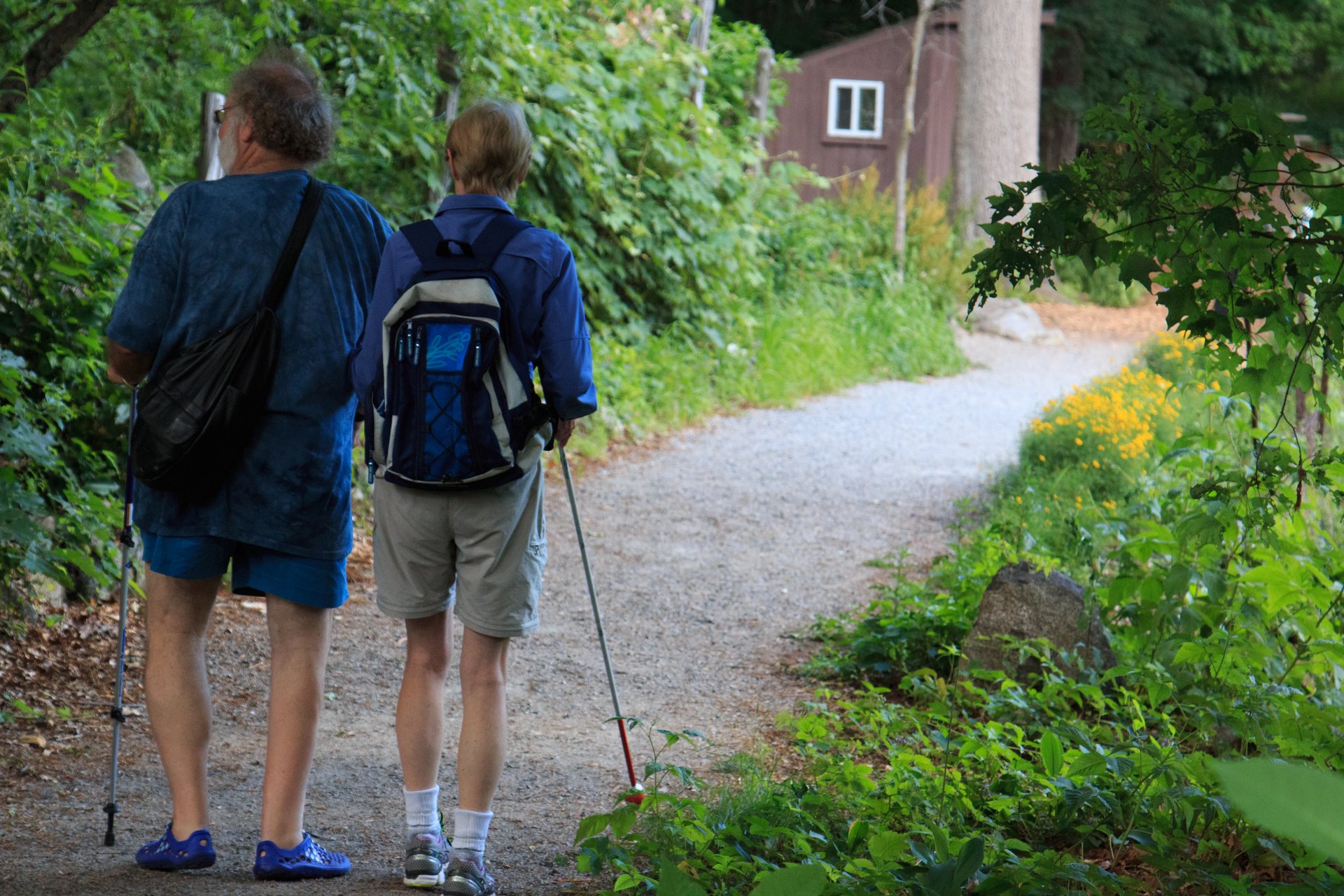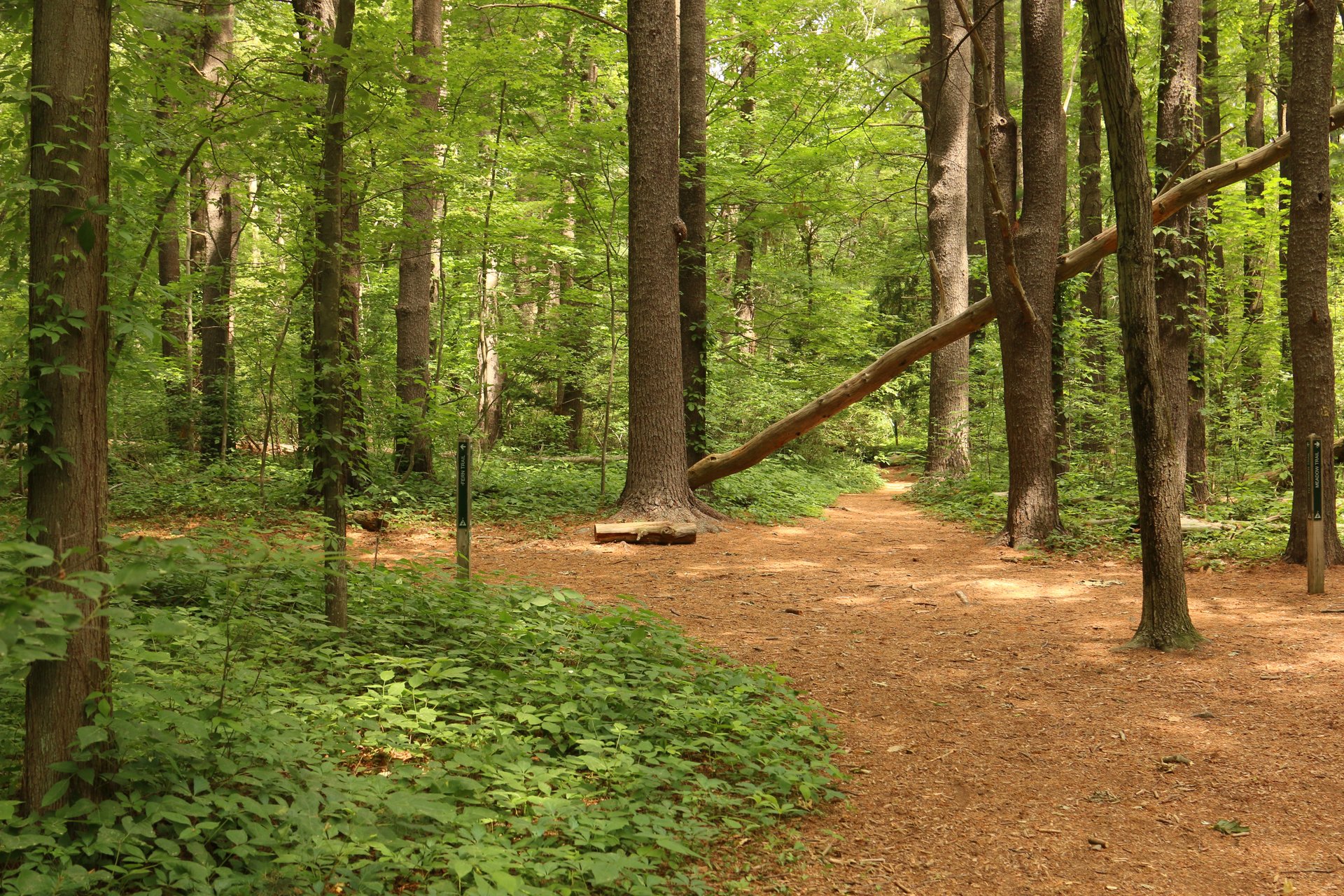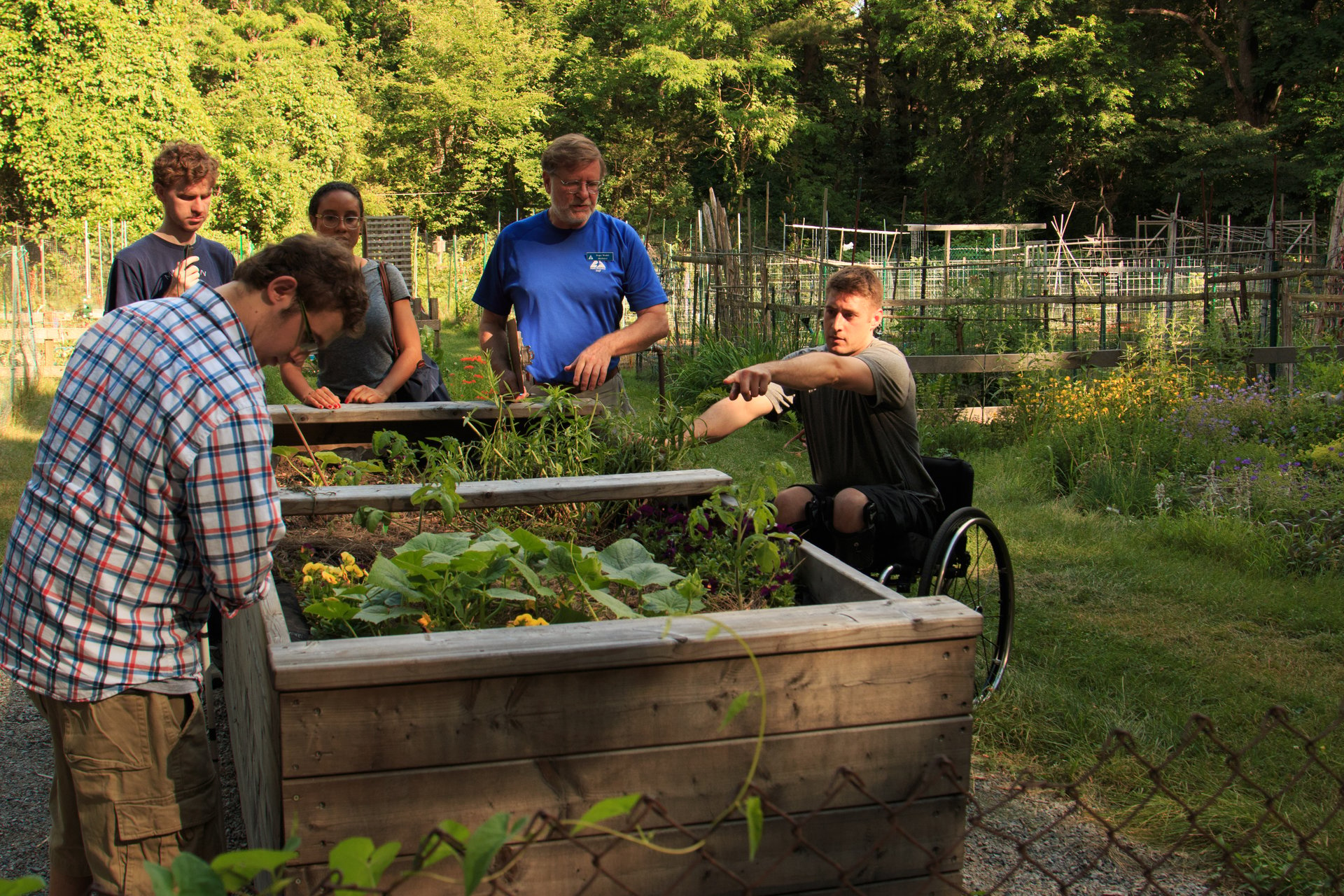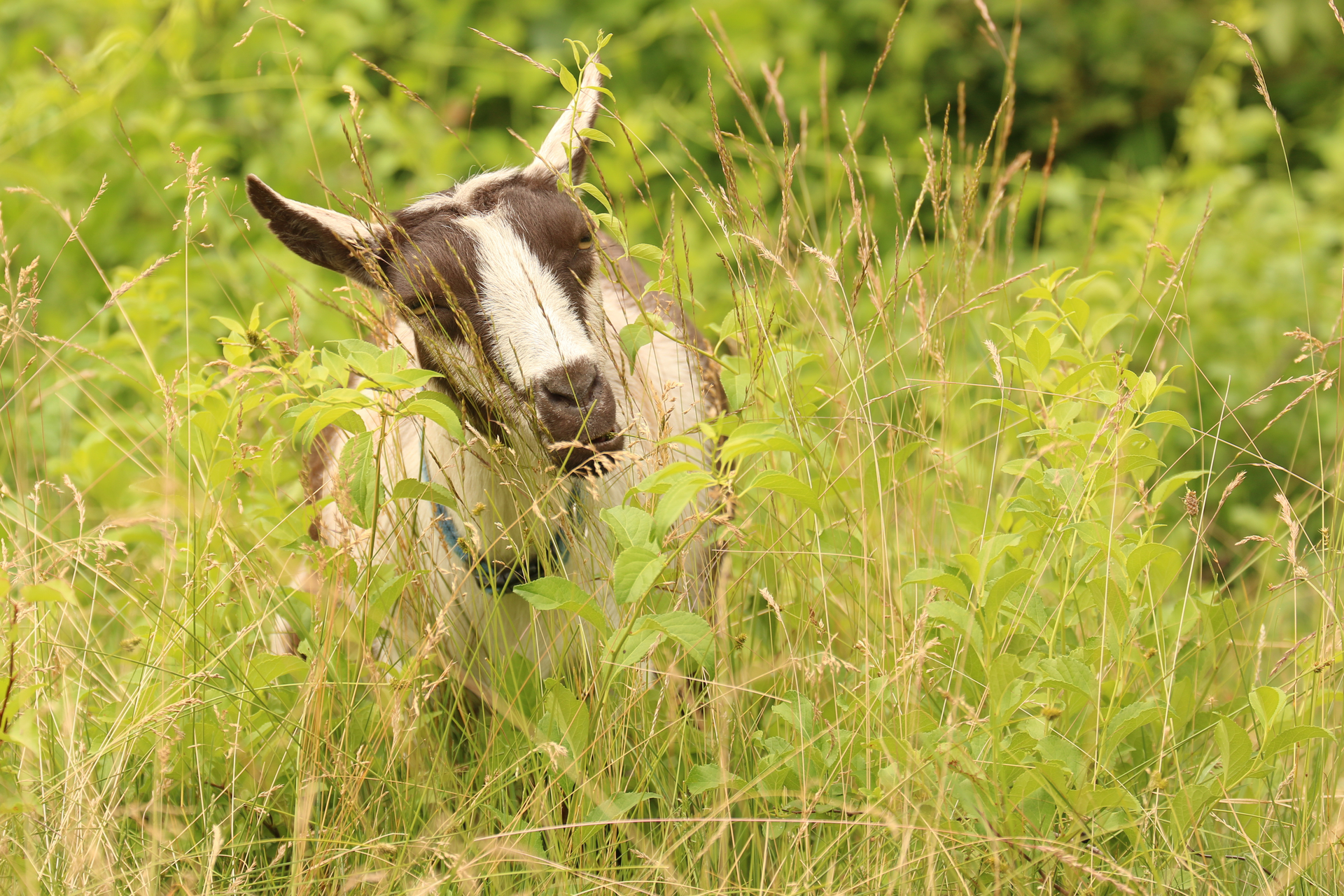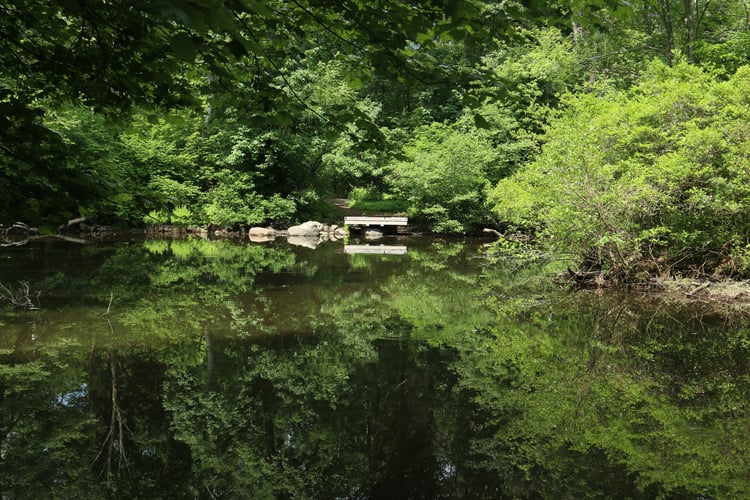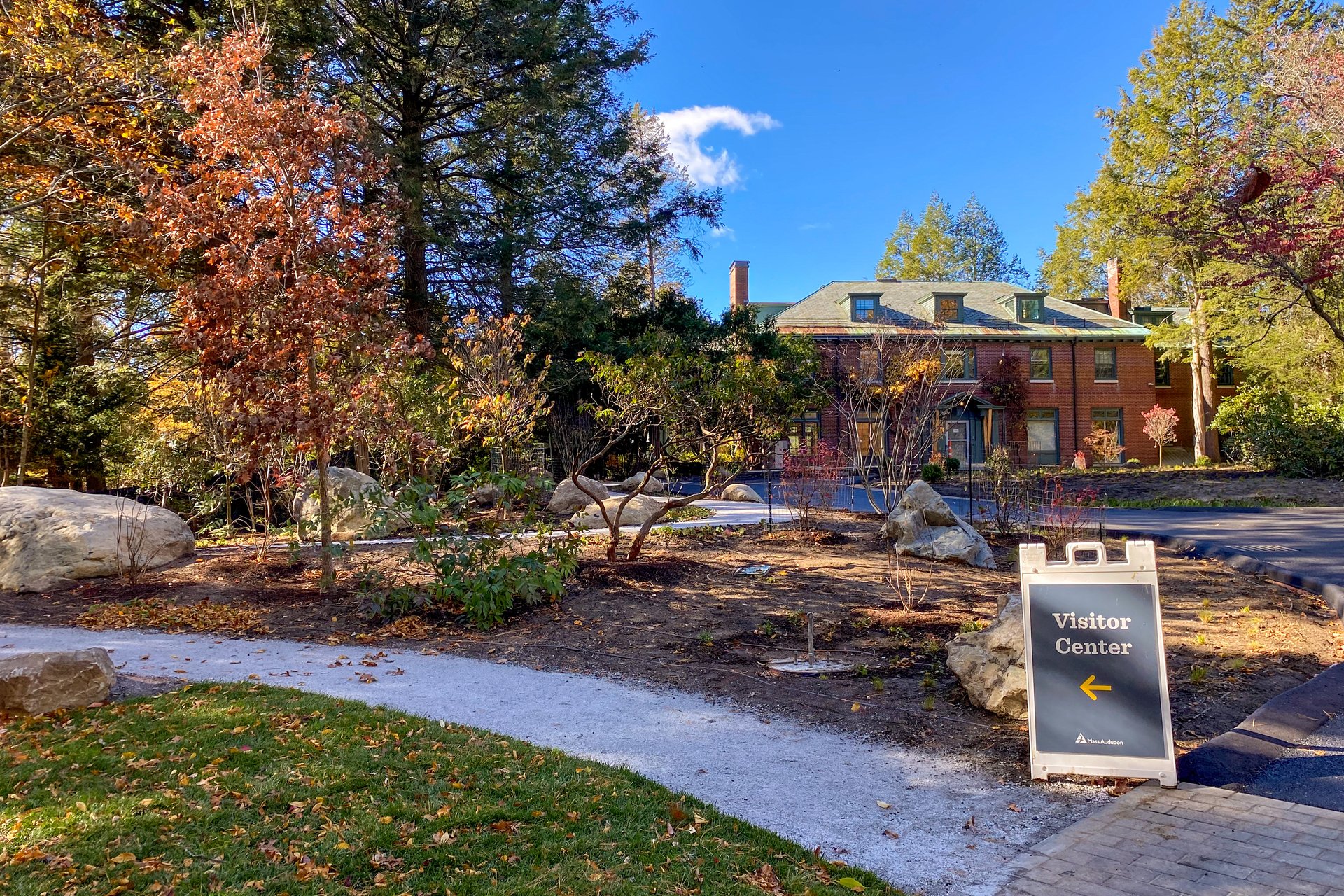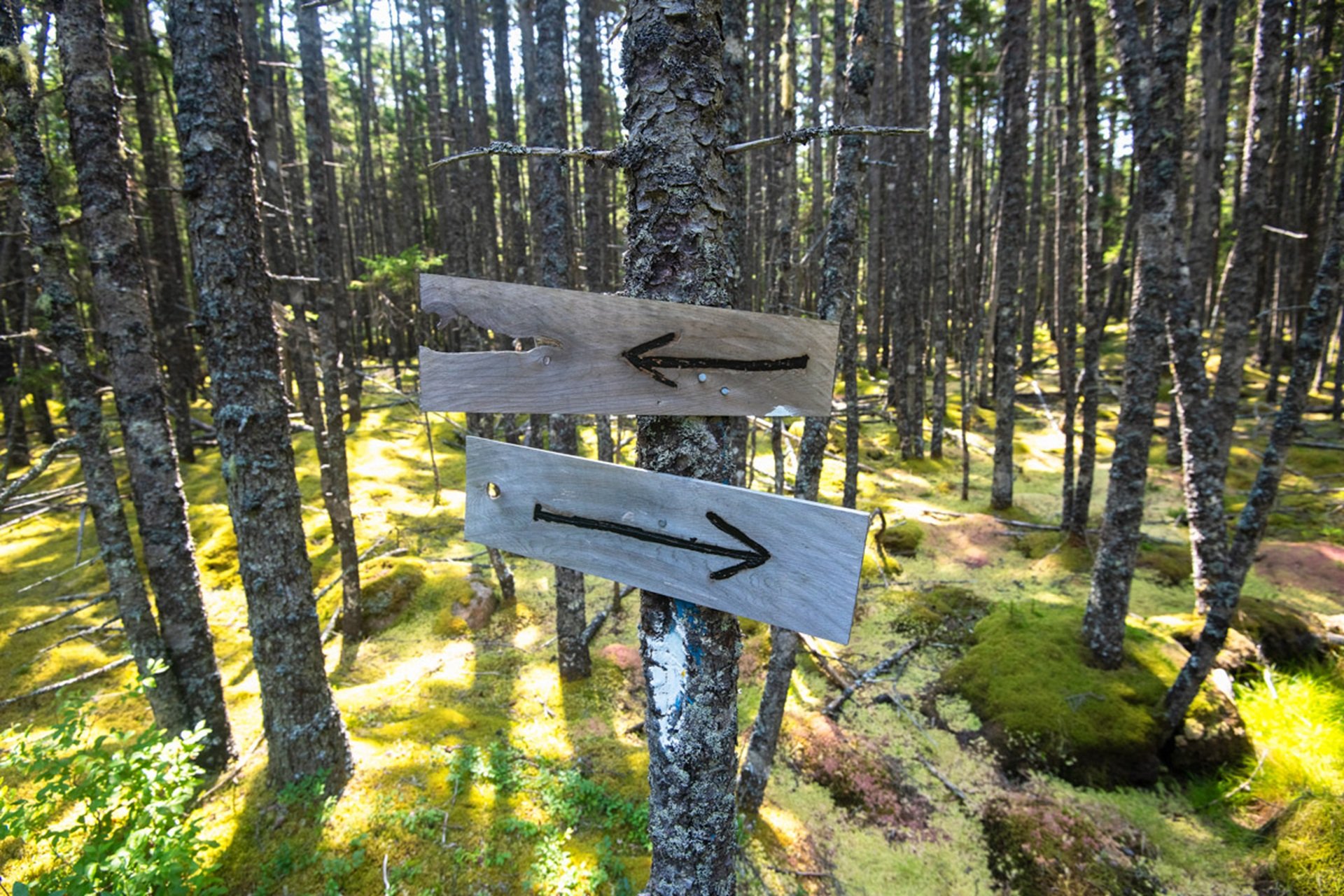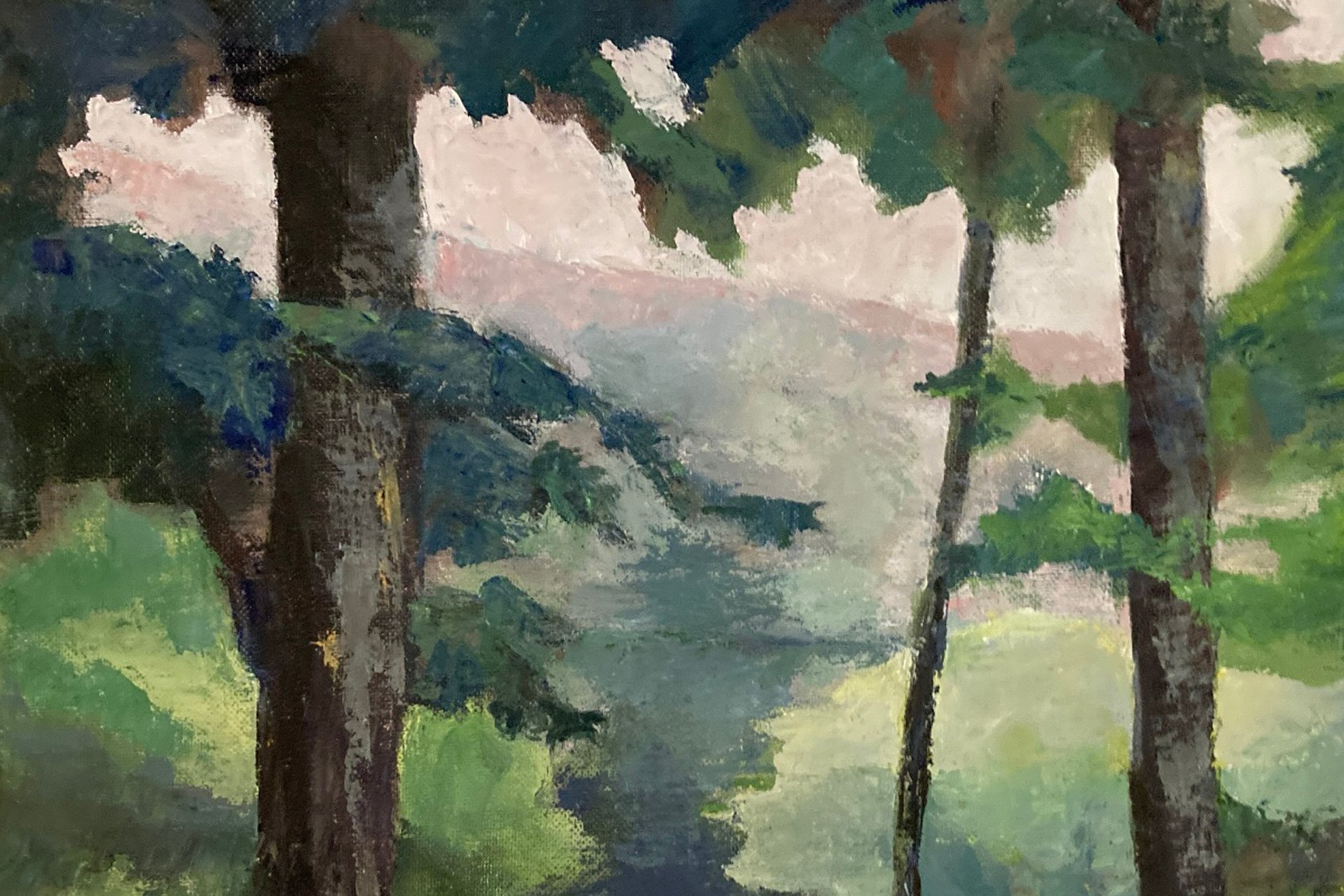Plan Your Visit
Just six miles from downtown Boston, find gentle trails that wind through forests, across meadows, and around ponds and vernal pools.
Hours
Nature Center & Gallery
- Tuesday, Thursday
- 9:00 am–2:00 pm
- Wednesday, Friday, Saturday, Sunday
- 9:00 am-4:00 pm
Trails
- Daily
- dawn to dusk
- 4 miles
- 0.5 miles
Admissions
- Adults $4
- Seniors (65+) $3
- Children (2-12) $3
Contact
10 Juniper Road
Belmont, MA 02478
Choose Your Path
Property Regulations
- Foot travel only; please stay on trails (day passes are available for powered mobility devices)
- Dog walking and horseback riding are prohibited; please leave all animals and pets at home (service animals welcome)
- Camping, collecting, smoking, hunting, fishing, releasing of animals, and feeding wildlife is prohibited.
- Commercial photography needs prior approval; please see all photography guidelines.
Facilities
Latest News
More NewsHabitat Unveils New and Improved Entry Circle
Keep ReadingArt at Habitat: Three Weeks Every Summer by Joshua Touster
Keep ReadingArt at Habitat: In It Together
Keep ReadingUpcoming Programs
See moreTiny Trekkers
-
Habitat Education Center and Wildlife Sanctuary, Belmont
-
Wednesday, December 10
9:30-11:00am
Families - children 1 - 3 years
Half-days at Habitat: Art & Nature
-
Habitat Education Center and Wildlife Sanctuary, Belmont
-
Wednesday, December 10
1:30-3:00pm
Age 5 - 9
Monthly Bird Walks
-
Habitat Education Center and Wildlife Sanctuary, Belmont
-
Thursday, December 11
8:00-10:00am
Adults
Stay Connected with Habitat
Don’t miss a beat on all the ways you can get outdoors, celebrate nature, and get involved.



